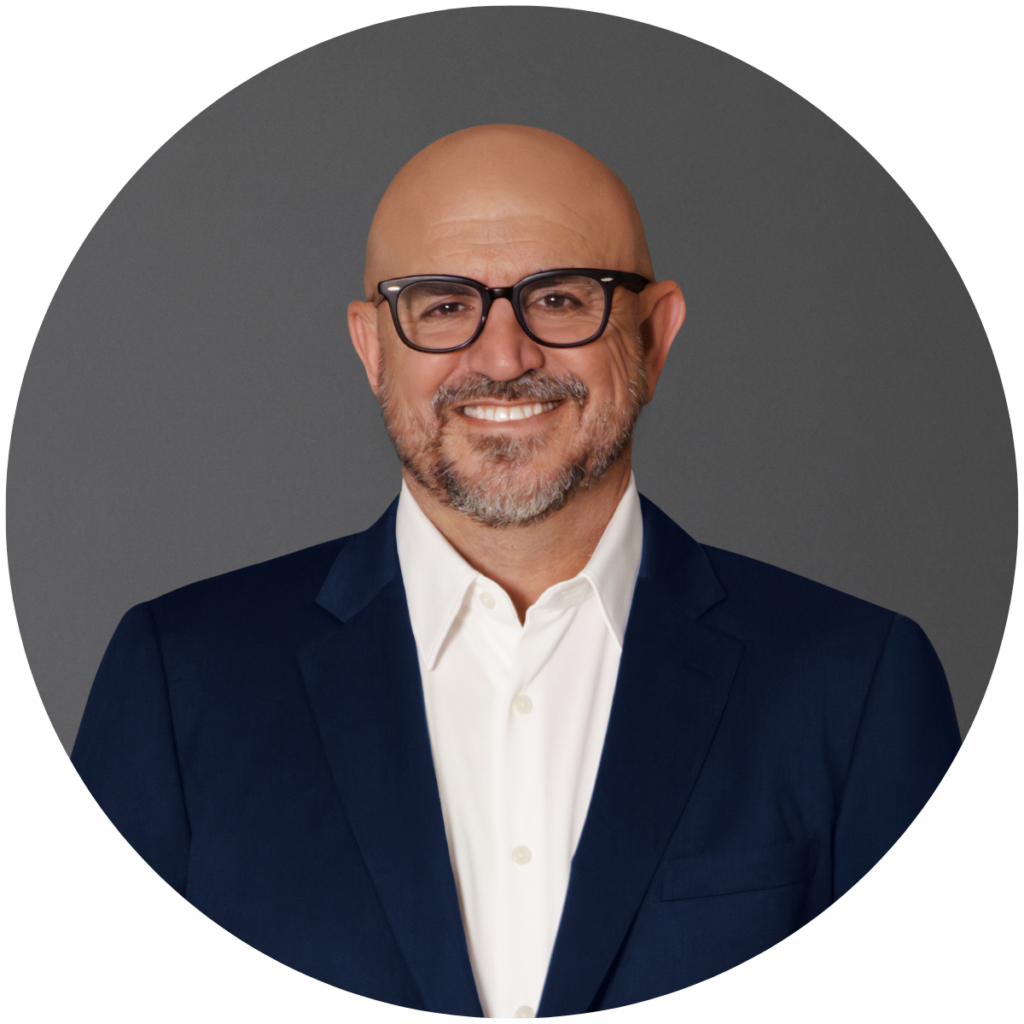Stop Reacting Automatically
(And Start Choosing Mindfully)
Stop Reacting Automatically
(And Start Choosing Mindfully)
In our last email, we explored how neutral events can become emotionally charged because of past beliefs and emotional patterns. Today, I want to introduce a simple yet powerful framework to help you interrupt these automatic reactions and start responding intentionally.
We call it: Stop, Look, Choose.
Step 1: STOP
When you feel triggered, your first task is to pause and interrupt the automatic cycle.
Here’s why:
Imagine trying to heal while still on the battlefield—it’s nearly impossible. To respond intentionally, you need to step out of the emotional overwhelm, even for a moment.
Use these Reactive Stops in the moment:
Breathe deeply: Inhale through your nose, then exhale slowly through pursed lips. Let the exhale be longer than the inhale to calm your nervous system.
- Change your physical state: Take a quick walk or simply step out of the room.
- Ground yourself: Notice five things you can see, four you can touch, three you can hear, two you can smell, and one you can taste.
- Pause communication: Avoid replying to triggering messages immediately—give yourself time to process.
You can also build Proactive Stops into your daily routine to increase emotional resilience over time:
- Practice mindfulness or meditation daily.
- Move your body—exercise helps regulate emotions.
- Journal regularly to process your feelings and thoughts.
Stopping creates the space you need to shift from reacting to responding.
Step 2: LOOK
Once you’ve paused, take a moment to observe your emotions, beliefs, and the situation clearly.
Ask yourself:
- What emotions am I feeling right now?
- What story or belief is driving this reaction?
- Is this situation truly threatening—or am I reacting from old patterns?
For example, if your boss sends a message saying, “We need to talk tomorrow,” your initial reaction might be fear or dread. Pausing to look allows you to see that the message, in reality, is neutral—it’s your past experiences or beliefs about inadequacy that are creating the emotional storm.
Step 3: CHOOSE
Now that you’ve paused and observed, you’re ready to choose a new response that aligns with your values and the person you want to be.
When we react automatically, it often feels like there’s only one option. But when you pause and look, you’ll see there are multiple ways to respond.
For example:
- Spouse Scenario: Instead of panicking and demanding answers, you might calmly reply, “Sure, is everything okay? Looking forward to talking later.”
- Boss Scenario: Instead of assuming the worst, you might reassure yourself, “There’s no definitive negative meaning here,” and prepare calmly for the conversation.
- Partner Scenario: Instead of seeking constant reassurance, you might wait patiently and trust that the conversation will be meaningful.
Choosing differently can feel risky at first because it challenges ingrained behaviors—but this discomfort is a sign of growth.
Your Practice for Today
Try this simple exercise:
- Think of a recent situation where you reacted automatically.
- Write down:
- What triggered you.
- Your immediate reaction.
- A new response you could have chosen.
- Reflect: What would it feel like to choose intentionally next time?
What’s Next
In the next email, “Predicting Emotional Weather: Your Daily Inventory,” you’ll learn how to anticipate emotional triggers before they happen. This practice will help you prepare for life’s challenges, so you’re ready to respond with clarity and confidence.
You’re building powerful skills to navigate life’s storms with resilience—and I’m excited to guide you further.
Warmly,
Ryan
Meet Ryan Soave

Ryan Soave, LMHC is a Licensed Mental Health Counselor and certified trauma therapist with over 15 years of experience in trauma and addiction recovery. His clinical work is informed by personal recovery, which led him to pursue a Master’s in Mental Health Counseling and dedicate his life to helping others heal.
As Chief Clinical Officer at Guardian Recovery Network, Ryan integrates evidence-based and experiential modalities including EMDR, Somatic Experiencing, yoga, breathwork, and meditation into transformative treatment programs. His holistic approach has impacted thousands of individuals on their path to lasting wellness.
A sought-after speaker, Ryan has led workshops and presented at national conferences and corporate institutions such as LinkedIn and Bank of America. His work resonates with individuals in crisis and high performers alike, offering a grounded path to clarity, resilience, and fulfillment.
Rooted in the belief that the past does not define the future, Ryan helps clients reconnect with their true selves and find meaning beyond survival. Outside of his professional life, he enjoys fly fishing, time in nature, and the love of his wife and children who continually remind him of life’s deeper lessons.
